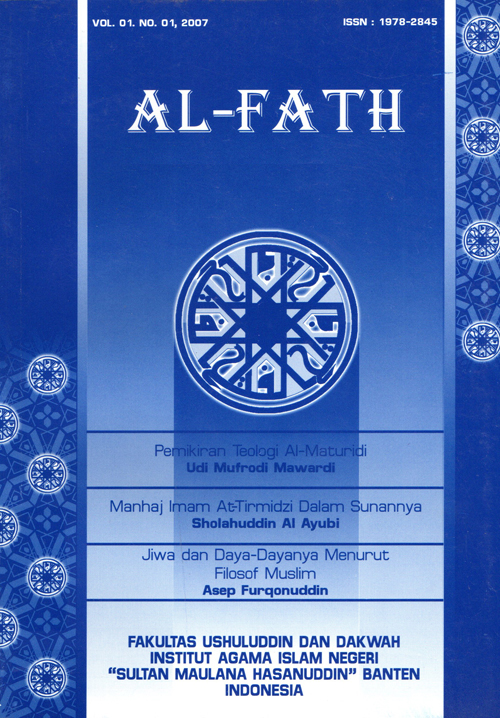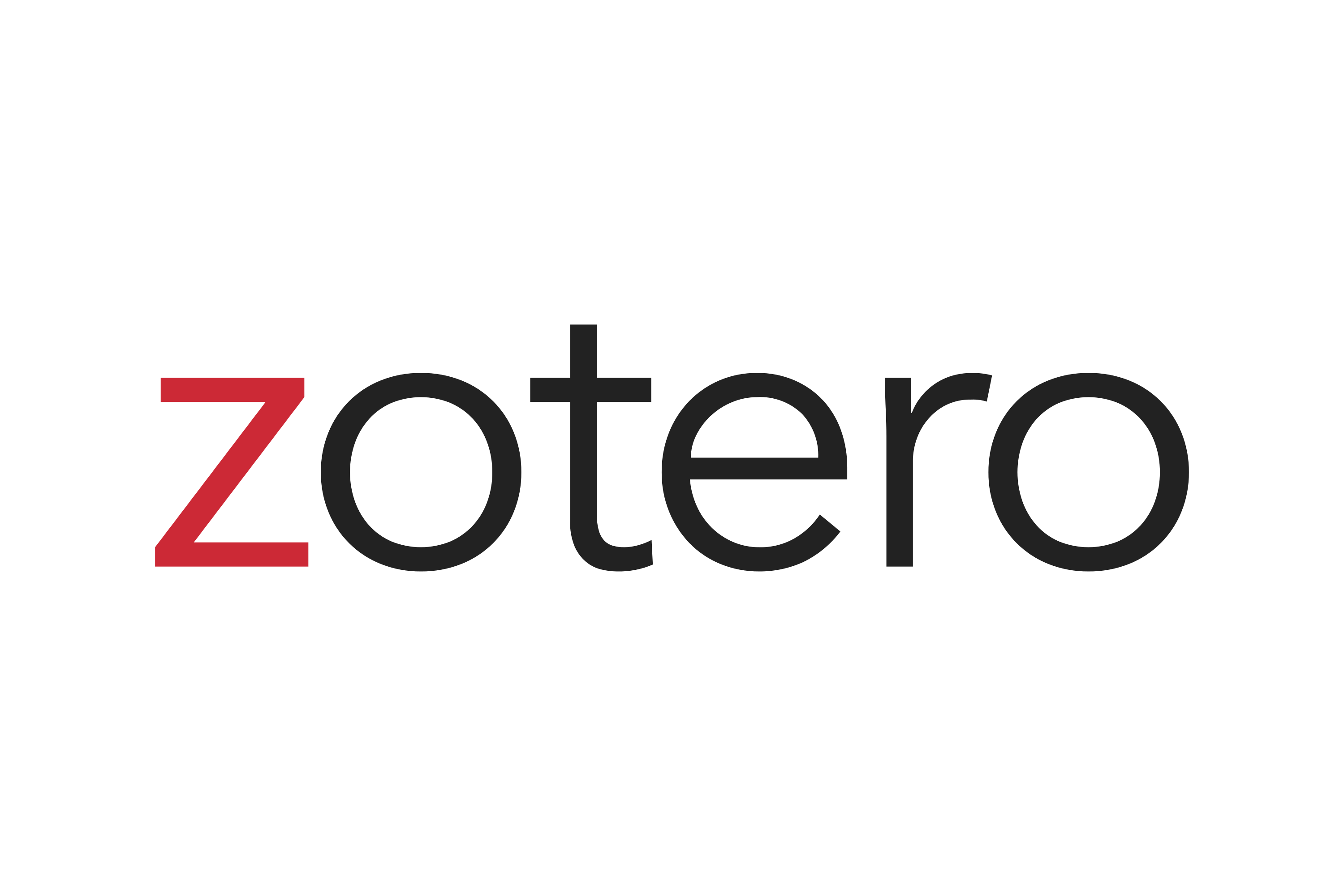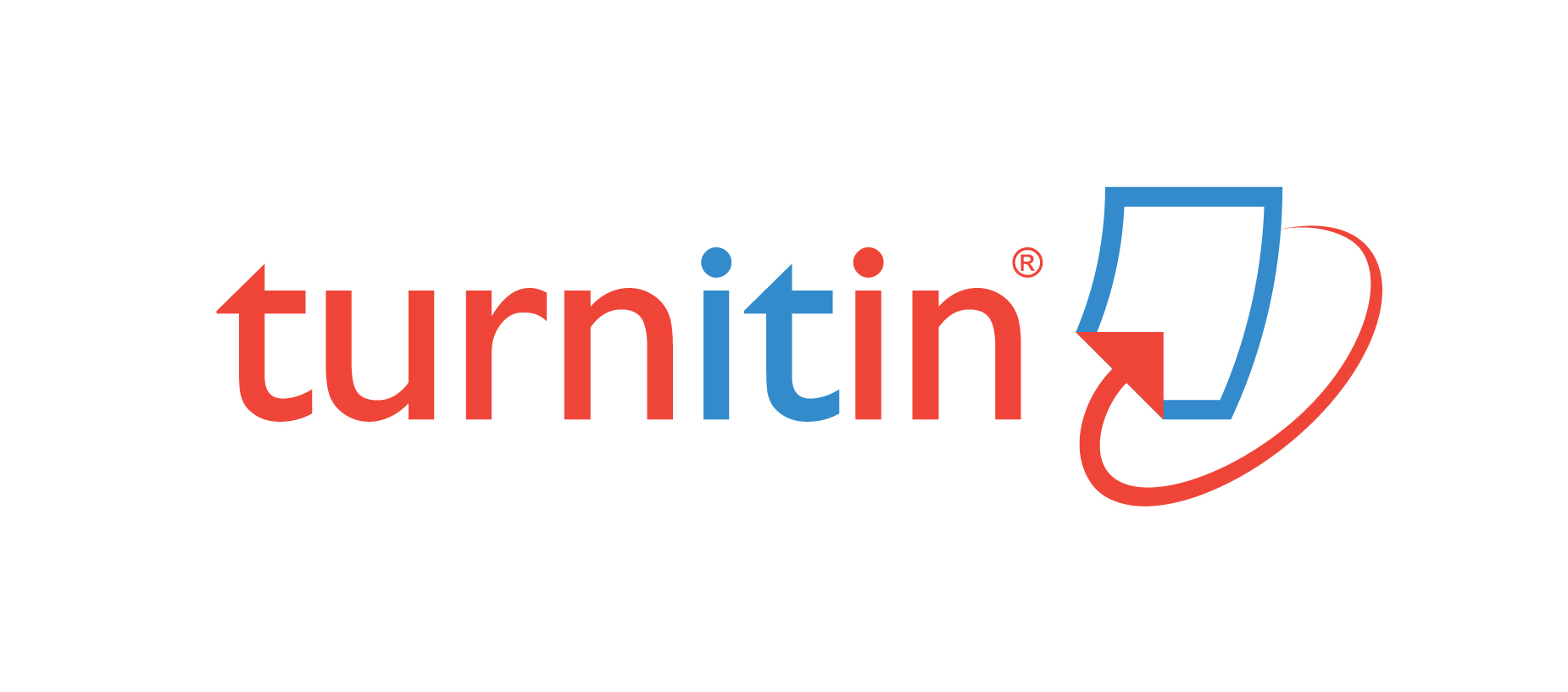Metode Tafsir Mahmud Yunus
DOI:
https://doi.org/10.32678/alfath.v1i1.3267Keywords:
Ilmu TafsirAbstract
Tujuan diturunkannya al-Qur'an adalah sebagai petunjukbagi manusia. Agar ia menjadi petunjuk, maka al-Qur'an mesti dibaca, di tela'ah, diteliti dan kemudian di ambil Hukum danhikmahnya. Namun karena keterbatasan pengetahuan khususnyabahasa Al-Qur'an tidak semua umat Islam mampu memahamipetunjuk yang tertuang dalam teks kitab suci tersebut. Karena itu dibutuhkanlah tafsir untuk memahami petunjuk tersebut. Namun tafsiral-Qur'an yang beredar ketika itu kebanyakan di tulis dalam bahasaArab yang tidak semua masyarakat Indonesia (kaum Muslimin) bisamembacanya. Untuk itu mahmud Yunus tampil sebagai peloporpenafsir al-Qur'an ke dalam bahasa Indonesia generasi pertama,mengatasi kesulitan tersebut Dalam tulisan ini penulis inginmengetengahkan beberapa aspek seputar penafsiran yang di gunakanMahmud Yunus, mulai dari sisi: Ltar belakang penulisan Tafsir,rujukan tafsir, dan metode yang di gunakan.
Downloads
Downloads
Published
How to Cite
Issue
Section
License
Copyright Notice

Al-Fath: http://jurnal.uinbanten.ac.id/ is licensed under a Creative Commons Attribution-ShareAlike 4.0 International License
An author who publishes in Al-Fath agrees to the following terms:
- Author retains the copyright and grants the journal the right of first publication of the work simultaneously licensed under the Creative Commons Attribution-ShareAlike 4.0 License that allows others to share the work with an acknowledgment of the work's authorship and initial publication in this journal
- Author is able to enter into separate, additional contractual arrangements for the non-exclusive distribution of the journal's published version of the work (e.g., post it to an institutional repository or publish it in a book) with the acknowledgment of its initial publication in this journal.
- Author is permitted and encouraged to post his/her work online (e.g., in institutional repositories or on their website) prior to and during the submission process, as it can lead to productive exchanges, as well as earlier and greater citation of the published work (See The Effect of Open Access).
Privacy Statement
The names and email addresses entered in this journal site will be used exclusively for the stated purposes of this journal and will not be made available for any other purpose or to any other party.










